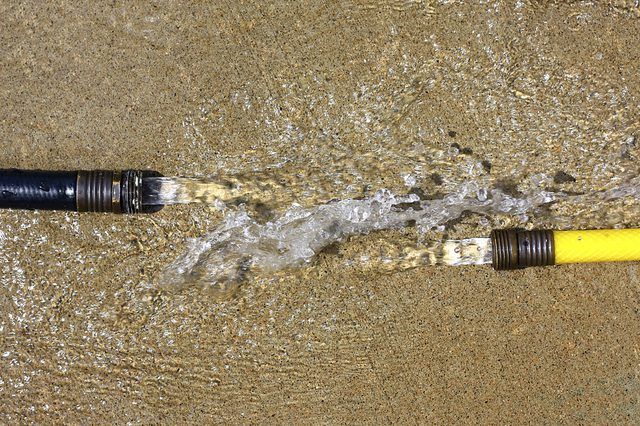Bulbs
Flower Basics
Flower Beds & Specialty Gardens
Flower Garden
Garden Furniture
Garden Gnomes
Garden Seeds
Garden Sheds
Garden Statues
Garden Tools & Supplies
Gardening Basics
Green & Organic
Groundcovers & Vines
Growing Annuals
Growing Basil
Growing Beans
Growing Berries
Growing Blueberries
Growing Cactus
Growing Corn
Growing Cotton
Growing Edibles
Growing Flowers
Growing Garlic
Growing Grapes
Growing Grass
Growing Herbs
Growing Jasmine
Growing Mint
Growing Mushrooms
Orchids
Growing Peanuts
Growing Perennials
Growing Plants
Growing Rosemary
Growing Roses
Growing Strawberries
Growing Sunflowers
Growing Thyme
Growing Tomatoes
Growing Tulips
Growing Vegetables
Herb Basics
Herb Garden
Indoor Growing
Landscaping Basics
Landscaping Patios
Landscaping Plants
Landscaping Shrubs
Landscaping Trees
Landscaping Walks & Pathways
Lawn Basics
Lawn Maintenance
Lawn Mowers
Lawn Ornaments
Lawn Planting
Lawn Tools
Outdoor Growing
Overall Landscape Planning
Pests, Weeds & Problems
Plant Basics
Rock Garden
Rose Garden
Shrubs
Soil
Specialty Gardens
Trees
Vegetable Garden
Yard Maintenance
How to Connect Two Hoses
Instructions for installing connectors on garden hoses and joining them with couplers. Information on quick connecters.
It isn't difficult to figure out how to join two garden hoses together if they already have standard fittings; you just screw the male connector of one hose into the female connector of the other. What can be problematic is doing this while the water is running. Moreover, joining hoses is also more difficult if one or both of them lack the requisite screw-on connectors. You can find parts to solve both connection problems at any garden center, and it's easy to modify your hoses yourself.

Installing Hose Connectors
Garden hoses come with a male and female hose thread connector, and if you have to cut one or both of them off for some reason, you can always install new ones. Each connector comes with a 3/4-inch male or female hose thread connection, a barbed rod designed to fit inside a 3/4-, 5/8- or 1/2-inch hose and a crimp ring with screws for tightening it. To install a connector on a hose:
Cut the end of the hose straight with a utility knife.
Force the barbed rod into the the hose until the end of the hose is flush with the connector.
Fit the crimp ring around the end of the hose and join the two halves with the screws provided.
Tighten the screws with a screwdriver to make the connection leak-proof.
You don't have to install connectors on the ends of a pair of hoses you want to join. You can join them instead with a coupler, which consists of a barbed rod that fits inside both hoses and a pair of rings for crimping the each hose onto the rod. Installation is identical to that for for installing a connector. You can use a coupler to join two hoses only if they have the same diameter.
Things You'll Need
Utility knife
Screwdriver
Installing and Using Quick Connectors
If you're working out in the field with a long hose and need to quickly connect a second hose while the water is running, you may find the task difficult, and you'll probably get soaked in the process. A simple solution is to buy a pair of quick-connect adapters -- one male and one female -- and screw them to the existing hose connectors. Once you've installed these connectors, joining the hoses is simple:
Pull the spring-loaded ring on the female connector back.
Insert the male connector into the female one and push it in all the way.
Release the ring on the female connector to lock the two halves together.
Separate the hoses by reversing the procedure for joining them. If you want to revert to the standard hose connections, simply unscrew and remove the quick-connect adapters.